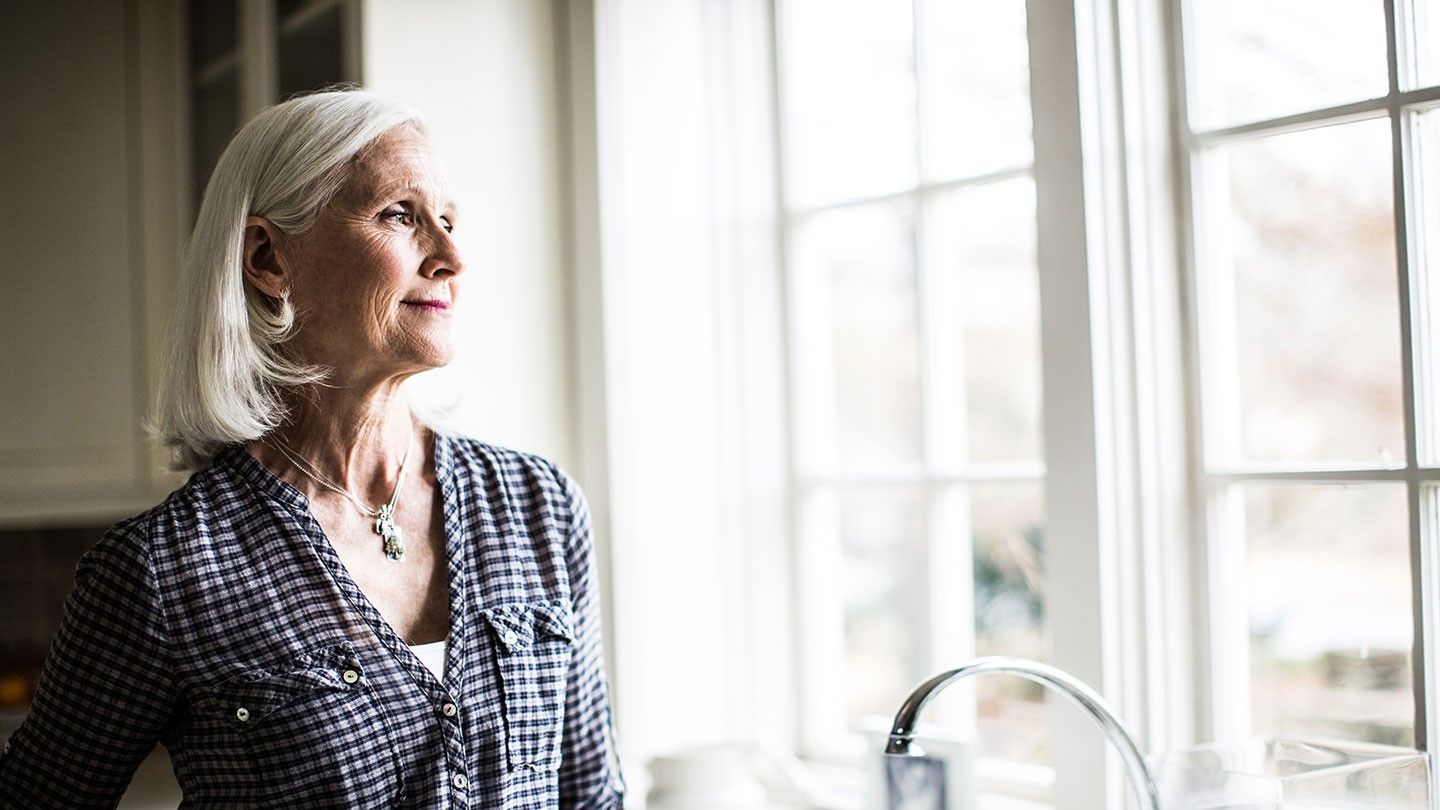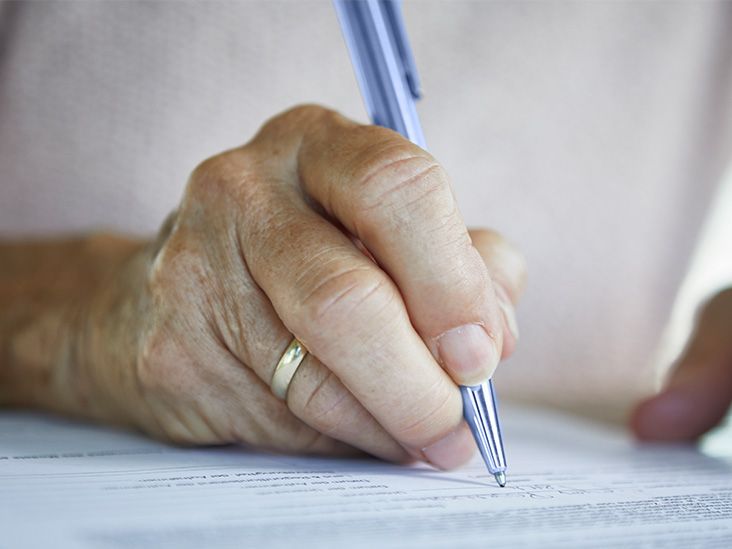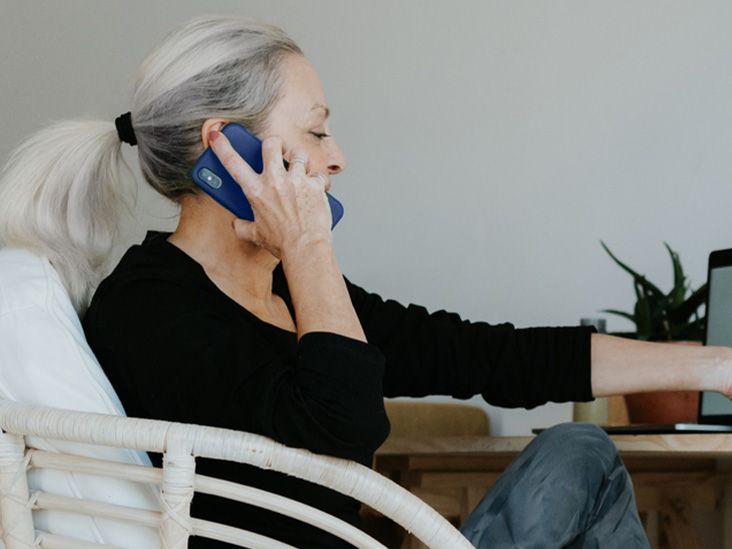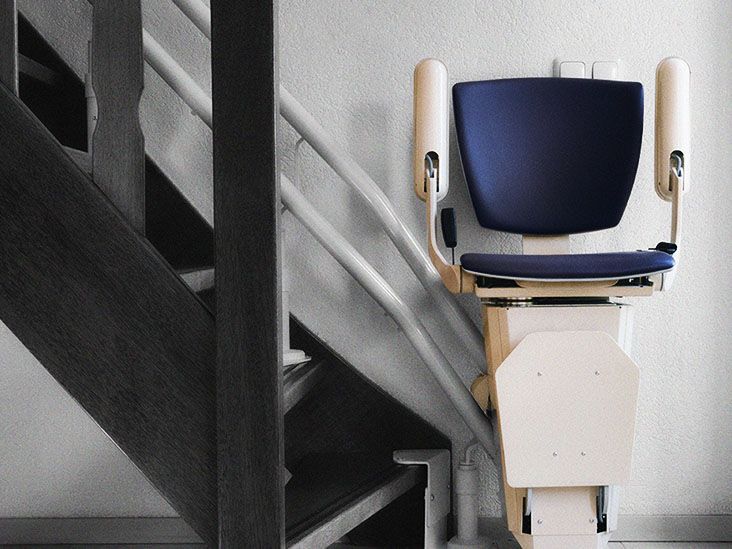Remember when you could walk across a room while simultaneously texting, sipping coffee, and chatting with a friend? Our bodies used to do all those things without missing a beat. But if you've noticed that simple tasks like catching a ball or walking heel-to-toe feel a bit more challenging these days, you're not imagining things.
Around our mid-sixties, many of us start experiencing subtle changes in how our body moves and responds. Coordination that seamless dance between your brain and muscles begins to slow down just a little. Sometimes it's frustrating, like your limbs have their own ideas about where they should go!
But here's the encouraging part: you absolutely can improve your coordination at any age. I've watched my own grandmother transform from someone who shuffled carefully across the room to confidently dancing at family gatherings again all through some carefully chosen senior coordination exercises. The right approach makes all the difference.
Why Coordination Matters More Than You Think
Let's get real about why we're talking about coordination. It's easy to think of it as just "not tripping," but coordination is actually the foundation of how we navigate our daily lives with confidence and independence.
As we age, several things naturally happen to our coordination systems. Our visual processing slows down a bit, our inner ear (which helps with balance) becomes less responsive, and our muscles don't spring into action quite as quickly as they used to. It's like the communication network between your brain and body starts experiencing slight delays nothing dramatic, but enough to make you feel less sure of yourself.
These changes can show up in small ways: reaching for that top shelf and missing slightly, feeling unsteady when turning quickly, or finding it harder to walk while carrying something. These seemingly minor shifts can gradually chip away at our confidence, making us more cautious than we need to be.
Think about it when was the last time you felt truly steady and confident in your movements? The kind of confidence that lets you focus on enjoying life rather than worrying about staying upright?
Balance-Focused Exercises for Better Coordination
The beautiful thing about senior coordination exercises is that you don't need a gym membership or fancy equipment. Many of the most effective routines can be done right in your living room, and they work on multiple skills at once coordination, balance, and strength.
Let's start with one of my favorites: the standing balance with ball tosses. You don't need a special therapy ball any soft ball will do. Stand with your feet together, holding the ball in one hand. Toss it gently to your other hand, watching it the entire time. As you get comfortable, try lifting one foot slightly off the ground while tossing. Your brain will be working overtime to keep you balanced while your eyes track the ball and your hands coordinate the catch.
I remember when my neighbor Sarah first tried this she was convinced she'd fall over within seconds. Two weeks later, she was doing it with her eyes closed! Well, almost closed. The key is progression. Don't rush to make things harder before your body is ready.
Another fantastic exercise is the heel-to-toe walk. Place one foot directly in front of the other, with the heel of your front foot touching the toes of your back foot. Take ten slow, deliberate steps forward. This simple walk works wonders for your proprioception your body's ability to know where it is in space. It's like retraining your internal GPS system.
When you first try this, you might feel like a newborn giraffe finding its legs. That's completely normal! Start near a wall or with someone nearby for support. The goal isn't perfection; it's progress.
Cognitive-Motor Routines for Sharp Reflexes
Here's where senior coordination exercises get really interesting they're not just about physical movement. Your brain needs workouts too! The connection between thinking and moving is incredibly important, especially as we age.
Try this fun one with a partner if you have someone available: the walk, toss, and catch routine. Have your partner walk alongside you while gently bouncing a tennis ball back and forth. But here's the twist while you're catching and throwing, keep walking! This dual-task challenge forces your brain to manage multiple activities simultaneously, which is exactly what we do in real life every day.
The first time I tried this with my friend Margaret, we were laughing so hard at our failed catches that we almost forgot we were exercising. That's actually a good sign when something feels enjoyable, you're more likely to stick with it.
For a solo challenge that's equally effective, try squats with a focal point. Stand facing a wall and extend your arms forward at shoulder height. Pick a spot on the wall to focus on. As you slowly lower into a squat, rotate your torso and arms from side to side, but keep your eyes fixed on that same spot on the wall. Your body wants to turn your head with your shoulders, but your brain is telling your eyes to stay put. This creates a delightful internal conflict that sharpens those neural pathways.
Staying Safe While Building Skills
I cannot emphasize enough how important it is to approach senior coordination exercises with patience and safety in mind. Yes, I want you to challenge yourself, but I also want you to be here tomorrow to try again!
Always have a sturdy chair, wall, or countertop nearby that you can grab onto if needed. Move slowly and deliberately coordination isn't about speed, it's about precision. If you start feeling dizzy, lightheaded, or overly fatigued, stop immediately and rest.
I've learned this lesson the hard way. In my eagerness to improve my balance, I once tried a challenging exercise without proper support and ended up on the floor thankfully unharmed, but thoroughly embarrassed. Now I keep my trusty kitchen chair within arm's reach whenever I'm trying something new.
If you have existing health conditions, heart issues, or a history of falls, it's worth checking with your doctor before starting these routines. They know your specific situation and can give you personalized advice.
How Often Should You Practice
Consistency beats intensity when it comes to senior coordination exercises. You're much better off doing a few minutes of practice three or four times a week than trying to cram everything into one long session.
Think of it like learning a musical instrument daily practice, even if it's just for ten minutes, builds better skills than sporadic marathon sessions. Try incorporating these exercises into your daily routine. Maybe do a few balance challenges while waiting for your morning coffee to brew, or practice the ball toss exercise during TV commercials.
As you get more comfortable with the basics, you can gradually increase the difficulty. But resist the urge to rush forward. Your body appreciates steady, consistent progress much more than dramatic leaps that might set you back.
Comparing Different Senior Balance Routines
Not all senior coordination exercises are created equal, and what works for one person might not be right for another. Let me break down some different approaches so you can find what fits your current abilities and goals.
| Activity Type | Example Exercise | Best For |
|---|---|---|
| Basic | One Leg Stand | Building initial mobility confidence |
| Multi-modal | Walk and Bounce Ball | Dual-task brain and body training |
| Proprioceptive | Tree Pose / Bird Dog | Body awareness in motion |
| Fine Motor Skills | Puzzles / Card Games | Daily task coordination |
The key is finding the right starting point for where you are right now not where you think you should be. Some days you might feel more steady and adventurous; other days you might need to stick with the basics. Both approaches are perfectly valid.
Natural Ways to Improve Coordination
The best senior coordination exercises aren't necessarily formal workout routines. Sometimes the most effective approaches are activities you already enjoy. Have you ever noticed how gardening naturally improves your hand-eye coordination? Those careful movements of planting seeds, pruning branches, and reaching for tools engage your coordination systems beautifully.
Cooking can be another unexpected workout. Chopping vegetables requires precise hand movements and coordination. Opening jars works on grip strength and bilateral coordination. Even walking briskly while thinking about your grocery list provides that dual-task challenge we talked about earlier.
Social activities can be incredibly beneficial too. Dancing, playing simple games like beanbag toss, or participating in group exercise classes all provide coordination benefits while keeping things fun. When was the last time you played a game that made you laugh while moving your body? There's something magical about combining joy with physical activity.
What Trainers Know About Senior Coordination
As certified movement coaches have observed, coordination isn't just about avoiding falls it's about staying in control under everyday pressures, according to experts in the field. This perspective shifts our focus from merely preventing problems to actually enhancing quality of life.
The most effective senior coordination exercises are those that mimic real-life activities. Functional exercises that reflect how you actually live your daily life tend to provide the most meaningful improvements.
I love what one trainer told me about consistency versus perfection: "Show up regularly with a curious mindset, and your body will reward you with steady improvements." That philosophy has served me well in my own journey with these exercises.
Starting Your Coordination Journey Today
Here's the thing about senior coordination exercises you can start right now, exactly where you are. You don't need special permission, expensive equipment, or perfect conditions. All you need is a willingness to try something new and a commitment to being patient with yourself.
I encourage you to pick one exercise from today's discussion and try it three times this week. Notice how it feels, what challenges arise, and what improvements you experience. Then, next week, add another routine to your mix.
Remember, coordination is one of those subtle gifts that enhances everything else in life. When your movements become smoother and more confident, you'll find yourself reaching for higher shelves without hesitation, walking on uneven surfaces with more assurance, and generally feeling more in control of your daily activities.
The journey back to better coordination doesn't have to be dramatic or overwhelming. It can be as simple as a few minutes each day, gradually building the skills that help you live more fully and confidently. And isn't that what we all want to feel steady in our own skin and capable in our daily lives?
Share your experiences with these exercises, or ask questions if anything isn't clear. We're all on this journey together, learning and growing one small step at a time.
FAQs
What are senior coordination exercises?
Senior coordination exercises are simple movements designed to improve balance, reflexes, and body awareness. These routines help older adults move more confidently in daily life.
How often should seniors do coordination exercises?
Seniors should aim for 3-4 short sessions per week. Consistent practice, even for just a few minutes each day, yields better results than infrequent long sessions.
Can seniors with limited mobility do these exercises?
Yes, many coordination exercises can be modified for different ability levels. Start with basic seated or supported standing routines and progress gradually.
Do I need equipment for senior coordination workouts?
No special equipment is needed. Many effective exercises use everyday items like chairs or soft balls, and some require only bodyweight and focus.
Why is coordination important for seniors?
Good coordination helps prevent falls, supports independence, and improves confidence in daily tasks. It also enhances brain-body communication as we age.
Disclaimer: This article is for informational purposes only and does not constitute medical advice. Always consult with a healthcare professional before starting any new treatment regimen.
Related Coverage
Explore the most common health challenges facing senior citizens and learn effective strategies for managing age-related conditions and maintaining well-being as you get older....
Not everyone qualifies for Medicare at 65. Find out if you’re eligible and what steps to take for coverage....
Death's inevitability contains much that remains unknown, yet insights from research provide wisdom on how we might approach our remaining days with more purpose and presence....
Medicare Advantage HMO-POS plans offer a balance of cost savings and flexibility. Get the care you need, in-network or out....
Medicare covers end-of-life planning services. Learn how to prepare for future healthcare decisions and ensure your wishes are respected....
Aging brings gradual physical and cellular changes starting in youth and accelerating in midlife. But lifestyle choices impact quality of life and longevity....
Learn how the Scope of Appointment in Medicare protects your choices and ensures transparent plan discussions with agents....
Learn how long Adderall stays effective for ADHD symptoms with immediate and extended release forms. Get tips for timing doses and minimizing ongoing side effects....
Not all doctors who accept Medicare are the same. Learn how to find one that protects you from unexpected costs and surprise billing....
Find out how Medicare hospice coverage works, the benefit periods, what's covered, costs and how long you can receive care....








